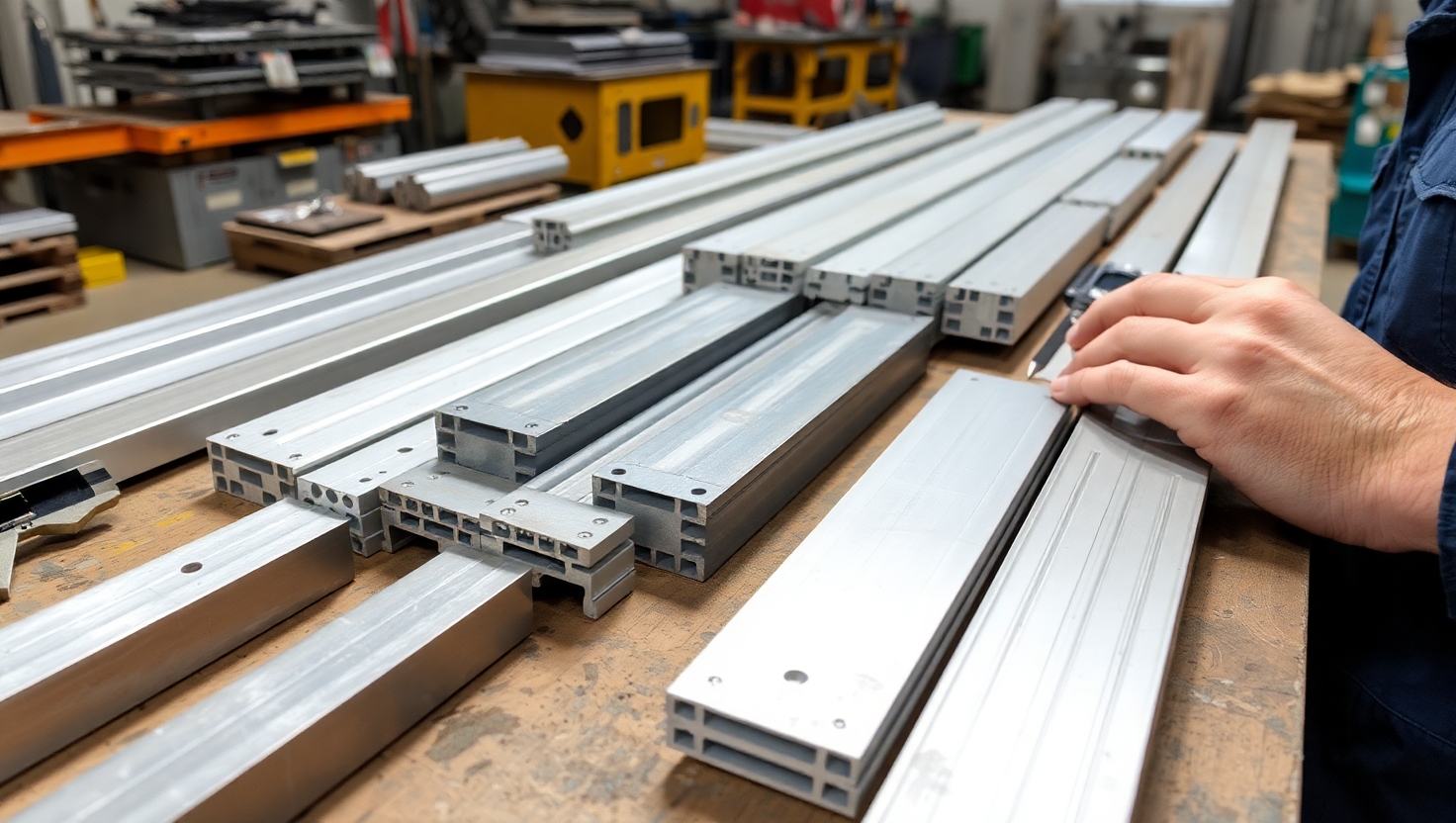Aluminium Extrusion Defects: Causes, Identification, and Prevention
Published by: ALUTimes | Date: July 16, 2025
Table of Contents
- Introduction
- Types of Aluminium Extrusion Defects
- Root Causes Behind Defects
- Defect Detection and Inspection Techniques
- How to Prevent Common Defects
- Real-World Case Studies
- Conclusion
- Disclaimer
Introduction
Extrusion is a cost-effective and efficient way to shape aluminium into precise profiles for diverse applications. However, like any manufacturing process, it is not immune to quality issues. Aluminium extrusion defects, if left unchecked, can lead to structural weaknesses, increased waste, and lost profits. This article explains the most common defects seen in aluminium extrusion, what causes them, and how manufacturers can detect and prevent them effectively.
Types of Aluminium Extrusion Defects
- Surface Cracks: Shallow fractures on the surface due to high billet temperatures or poor lubrication.
- Seam Marks: Result from weld chamber design or inconsistent billet temperature.
- Die Lines: Linear marks from die wear or buildup of aluminium oxide.
- Hot Cracking: Caused by internal stresses from uneven cooling or alloy impurities.
- Piping: A central void that forms in the ingot due to improper billet casting.
- Blisters: Raised bubbles caused by entrapped gases or excess lubricant.
Root Causes Behind Defects
To reduce defects, understanding their root cause is critical. Here are common factors that lead to extrusion quality issues:
- Poor Billet Quality: Contamination or uneven casting temperature creates internal defects.
- Inconsistent Extrusion Parameters: Improper temperature, ram speed, or lubrication causes uneven flow.
- Die Design and Wear: Outdated or damaged dies introduce surface flaws and dimensional inaccuracies.
- Lack of Preheat Control: Preheating billets inconsistently results in thermal stress and warping.
- Improper Cooling: Non-uniform cooling can cause hot tears or uneven hardness.
Defect Detection and Inspection Techniques
Modern aluminium extrusion shops use a variety of methods to detect defects during or after production:
- Visual Inspection: Identifies surface cracks, blisters, and discoloration.
- Ultrasonic Testing: Detects internal defects like piping and voids.
- X-ray Radiography: Reveals structural irregularities in thick sections.
- Microscopy: Used in lab analysis of fine defects and metallurgical structures.
How to Prevent Common Defects
- Upgrade Die Maintenance: Clean, polish, and inspect dies regularly.
- Maintain Billet Uniformity: Use homogenized and quality-tested billets.
- Optimize Lubrication: Ensure correct type and quantity of lubricant is used.
- Implement Process Monitoring: Monitor and log temperature, pressure, and speed in real-time.
- Train Operators: Skilled personnel can catch early signs of deviation.
Real-World Case Studies
In a Mumbai extrusion plant, die lines were significantly reduced after introducing automated die polishing systems. In another case, a Bengaluru-based manufacturer saw a 30% drop in blister-related rejections by switching to high-efficiency billet degassing and surface brushing lines.
Conclusion
Understanding and managing extrusion defects is key to delivering top-quality aluminium products. By identifying the symptoms, diagnosing root causes, and applying modern prevention techniques, manufacturers can ensure efficiency and reliability in their extrusion operations. ALUTimes will continue to provide valuable insights to help the aluminium sector maintain high global standards.
Disclaimer
This article is for informational purposes only. Please consult an aluminium process engineer or metallurgist for application-specific decisions.

